Web Design Vs. Web Development: Decoding the Differences
Web Design Vs. Web Development: Decoding the Differences
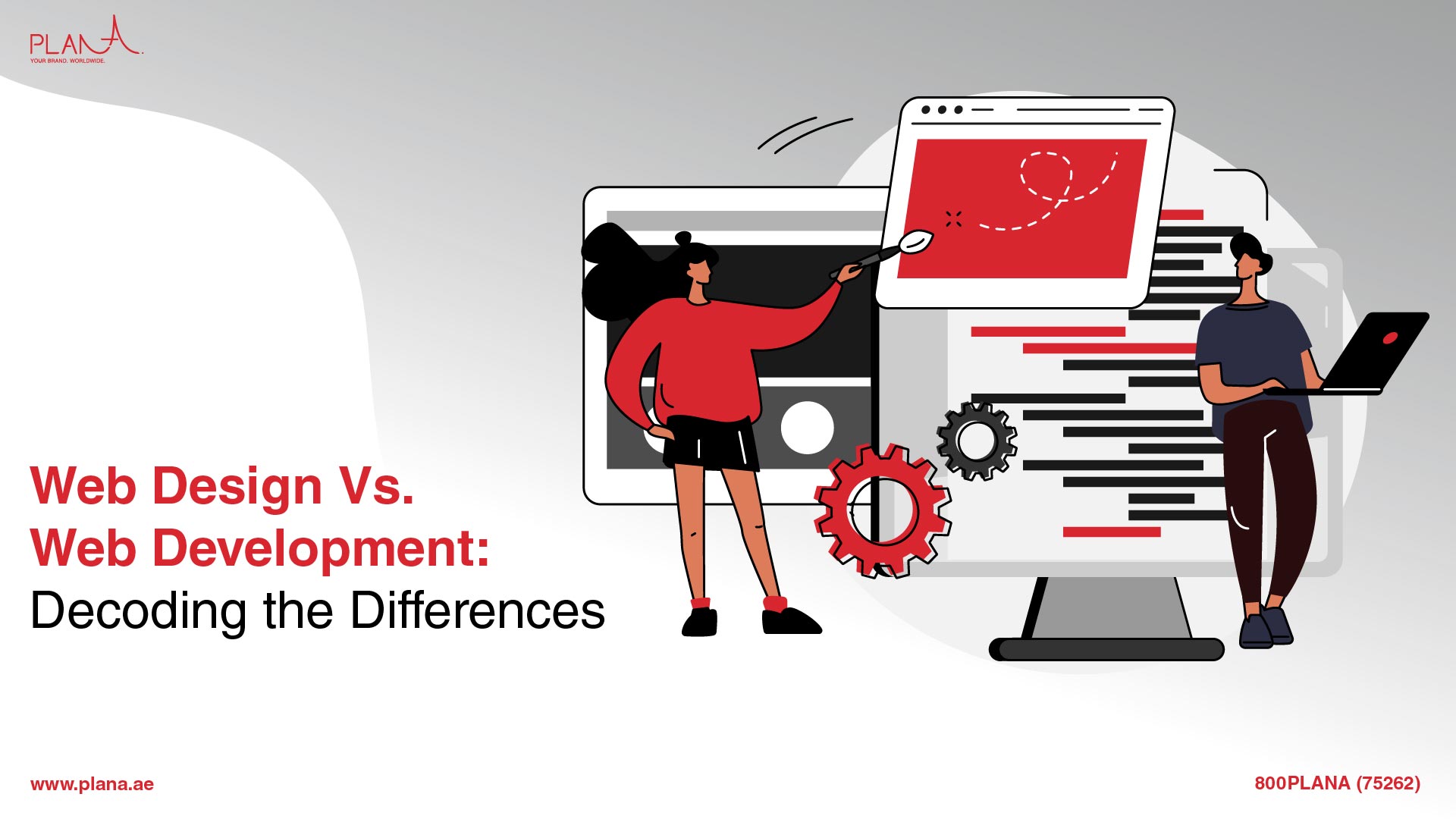
With the world pacing towards the digital phase, the terms "web design" and "web development" are frequently used synonymously, which causes confusion about their precise functions. Web design and web development, however, are two separate fields that collaborate to produce attractive and useful websites.
We'll explain the differences between web design and web development in this blog post, highlighting their individual qualities, skill sets, and contributions to the process of building websites.
Web Design: An Overview
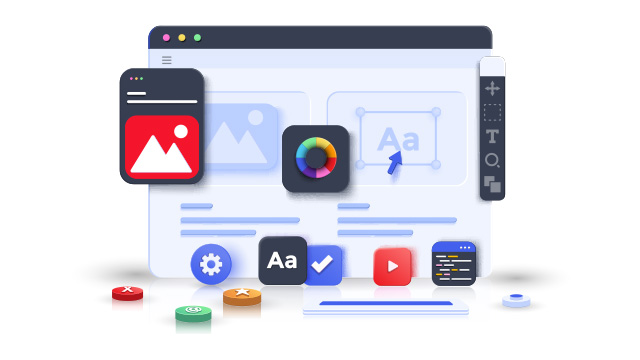
The aesthetic and interactive components of a website are the main emphasis of web design. It entails designing the overall aesthetic and user interface. The following services are offered by leading web design agencies:
- User interface (UI): Designers produce aesthetically pleasing navigational systems, color palettes, typeface schemes, and layouts that improve user interaction with the website.
- User Experience (UX) Design: By enhancing website usability, accessibility, and general engagement, designers aim to offer a smooth and intuitive user experience.
- Wireframing and prototyping: Designers develop interactive models and blueprints that show the structure and operation of websites using wireframing and prototyping tools.
- Graphic Design: Designers produce illustrations, icons, logos, and other visual components that enhance the aesthetics and branding of a website.
Related: How to Choose a Best Web Design Agency the Right Way
General Web Design Process Followed by Every Agency
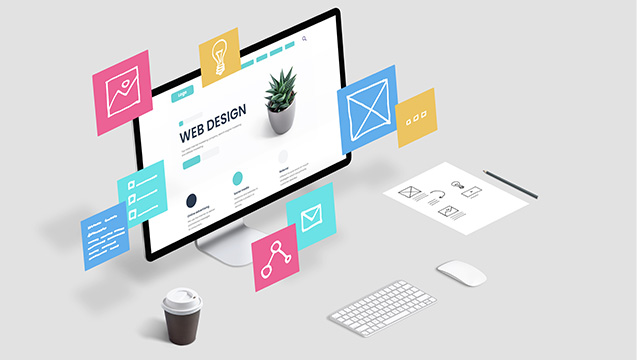
Agencies can produce outstanding websites that are in accordance with the goals of their clients, engage consumers, and offer a seamless online experience by adhering to a disciplined web design process.
Discovery and Research
The web design process usually starts with a discovery phase in which the agency works with the client to comprehend their goals, target audience, brand identity, and particular website requirements. To examine the client's industry, rivals, and current market trends, extensive research is done.
Planning and Strategy
The agency creates a precise plan and strategy for the website based on the information received. The structure, sitemap, and navigation of the website are all defined here, along with the design strategy and technological requirements.
Wireframing and Prototyping
The web agency develops wireframes and prototypes to conceptualize the website's layout and functionality before beginning the actual design. Prototypes offer an interactive model that demonstrates user interactions and navigation whereas wireframes are simple, black-and-white representations of the site's layout.
Development of the Design Concept
With a sound strategy in place, the firm moves on to the creative stage, when the website's visual design is produced. To ensure a unified and appealing design, designers produce mockups that include the client's branding elements, color schemes, font, and other visual features.
Development and Coding
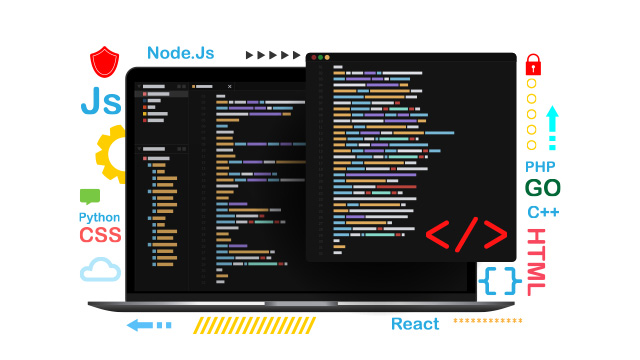
The development team starts coding the website as soon as the design is approved. Using programming languages like HTML, CSS, JavaScript, and others, they convert the design into a usable website. The website is designed using responsive design principles to function properly on a range of devices and screen sizes.
Content Integration
The agency works with the client to incorporate material onto the website during development. This process consists of content, pictures, videos, and other multimedia components that have all been SEO and user-experience-optimized.
Testing and Quality Assurance
The agency runs a thorough testing process before launching the website to make sure everything works as it should. To find and fix any flaws or faults, this comprises testing the website's operation, speed, cross-browser compatibility, and responsiveness.
Launch and Deployment
The website is prepared for launch after extensive testing and customer approval. The website is launched by the agency and published on the client's hosting system.
Post-launch Support and Maintenance
The agency offers support and maintenance services after the website is online. They keep an eye on the website's functionality, security, and upgrades to make sure it stays current and optimized.
Continuous Improvement
After a website is launched, web design companies frequently work with clients to gain feedback and insights. The agency may update or upgrade the website as needed to keep it current and in line with changing business demands and industry trends because continuous development is important.
Web Development: An Overview
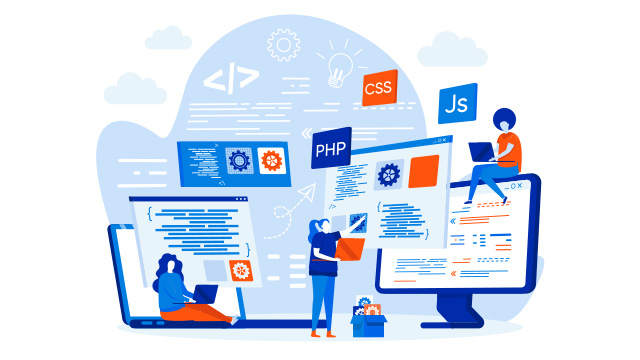
The technical implementation and functionality of a website are both aspects of web development. Developers use coding languages and frameworks to bring the site design to life. The following services are offered by web development agencies in Dubai:
- Front-end development: Front-end development translates web design into a working website that users may interact with directly using HTML, CSS, and JavaScript.
- Back-end Development: Server-side functionality, database management, and the incorporation of server-side technologies like PHP, Ruby, Python, or Node.js are the main areas of concentration for back-end developers.
- Content Management System (CMS) Integration: To facilitate effective content management and website administration, developers collaborate with CMS platforms like WordPress, Drupal, or Joomla.
- Testing and Debugging: To find and solve errors, guarantee cross-browser compatibility, and enhance the website efficiency, developers execute thorough testing.
Web Development Process
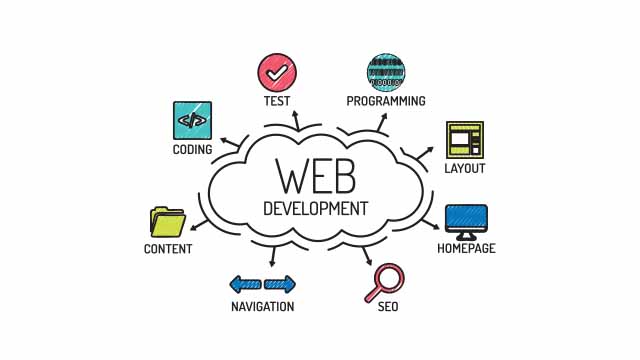
Agencies may design dependable, high-quality websites that satisfy their clients' needs and help them succeed online by using a structured web development approach.
Gathering Data
The web development process starts with gathering of requirements, during which the agency works closely with the client to comprehend their unique demands, goals, and functional requirements for the website. At this point, effective communication is essential to guarantee a complete knowledge of the project scope.
Planning and Defining Scope
The agency develops a thorough plan and scope for the web development project based on the requirements received. The architecture, features, and functionalities of the website as well as its technology stack and anticipated completion dates are all defined here.
Design and Layout
The web development company could occasionally collaborate with a web designer to make sure the website's design complements the client's branding and visual identity. To improve user experience and engagement, the layout and user interface have been carefully designed.
Developing Front-End
Using front-end technologies like HTML, CSS, and JavaScript, the design and layout are transformed into a fully working website during the front-end development phase. This procedure guarantees the website's responsiveness, device compatibility, and aesthetic appeal.
Related: Website Development Tools Used Nowadays
Developing Back-End
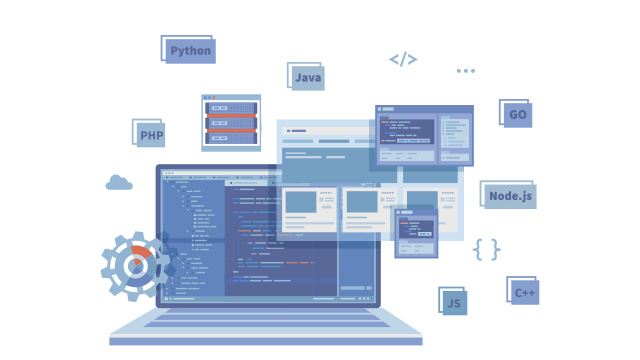
In addition to front-end development, the agency also works on the back-end, which entails creating the website's server-side functionality. This covers database administration, server setup, and the use of server-side scripting languages like PHP, Python, Ruby, or Node.js.
Integration of Features
The agency incorporates several functionalities and features into the website during the web building process. This could contain contact forms, e-commerce platforms, payment gateways, content management systems (CMS), and other interactive components.
Testing and Quality Assurance
A thorough testing process is carried out before the website goes online in order to find and fix any bugs, faults, or compatibility problems. The website is tested for quality assurance to make sure it works properly on all major browsers, hardware, and operating systems.
Deployment & Launch
After the client has given the website a complete test run and approval, the agency uploads it to the live server, enabling public access. This entails setting up hosting, customizing the domain, and making sure the website is prepared for launch.
Post-launch Support and Maintenance
The web development company continues to offer post-launch support and maintenance services even after the website has gone live. This includes keeping an eye on the website's functionality, security, and upgrades and responding to any problems or requests that may occur.
FAQs
What is responsive web design?
A website must adjust to and appear properly across a variety of devices and screen sizes, including desktop computers, tablets, and mobile phones. This is accomplished through the use of responsive web design. Regardless of the device being used, responsive design offers the best user experience.
What are content management systems (CMS)?
The content management system is a tool used to manage content. Without having substantial technical knowledge, users can generate, manage, and alter website content with content management systems. WordPress, Joomla, and Drupal are a few common CMS platforms.
How long does it take to build a website?
Well, the website’s complexity, quantity, and range of features all influence how long it takes to develop. While a more complex e-commerce website or web application may take many months to construct, a straightforward brochure-style website may only take a few weeks.
Can a website be updated after it is launched?
After they are released, websites can be updated and changed. Changes can be made to the content, appearance, and functionality as needed to satisfy commercial requirements or enhance user experience.
Is SEO important for web design and development?
Indeed, SEO (Search Engine Optimization) is important for developing and designing websites. Assuring that a website is search engine friendly at the design and development phase makes it simpler for search engines to crawl and index the site, increasing its visibility in search results.
Summing it up
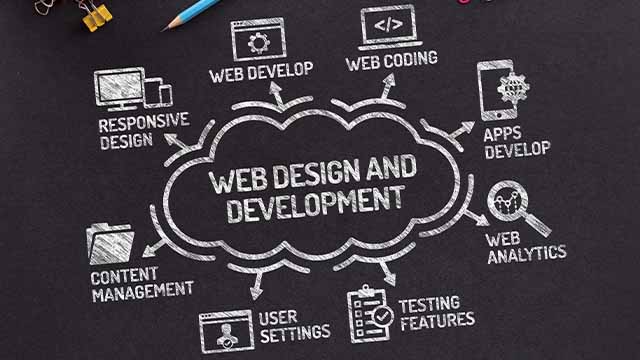
To create outstanding websites, web design and web development—two separate disciplines—work closely together. Web development takes care of the technical implementation, functionality, and server-side operations, whereas web design concentrates on aesthetics, user experience, and interface design.
When beginning a website creation project, it is essential to understand the distinctions between web design and web development, as it facilitates accurate task allocation, productive teamwork, and, eventually, the delivery of a fantastic website that satisfies both functional and aesthetic criteria.
Businesses and individuals may build captivating online experiences that have a lasting impression on their audience by respecting the distinctive contributions of web design and web development.
Learn the power of superb web development and design! PLAN A Agency is dedicated to developing appealing websites that have an impact. We produce outcomes that spur growth by utilizing a skilled team of professionals, state-of-the-art technology, and a client-centric strategy.
Improve your online presence, interact with your audience, and succeed like never before. Let’s help you build a website that stands out from the competition!
